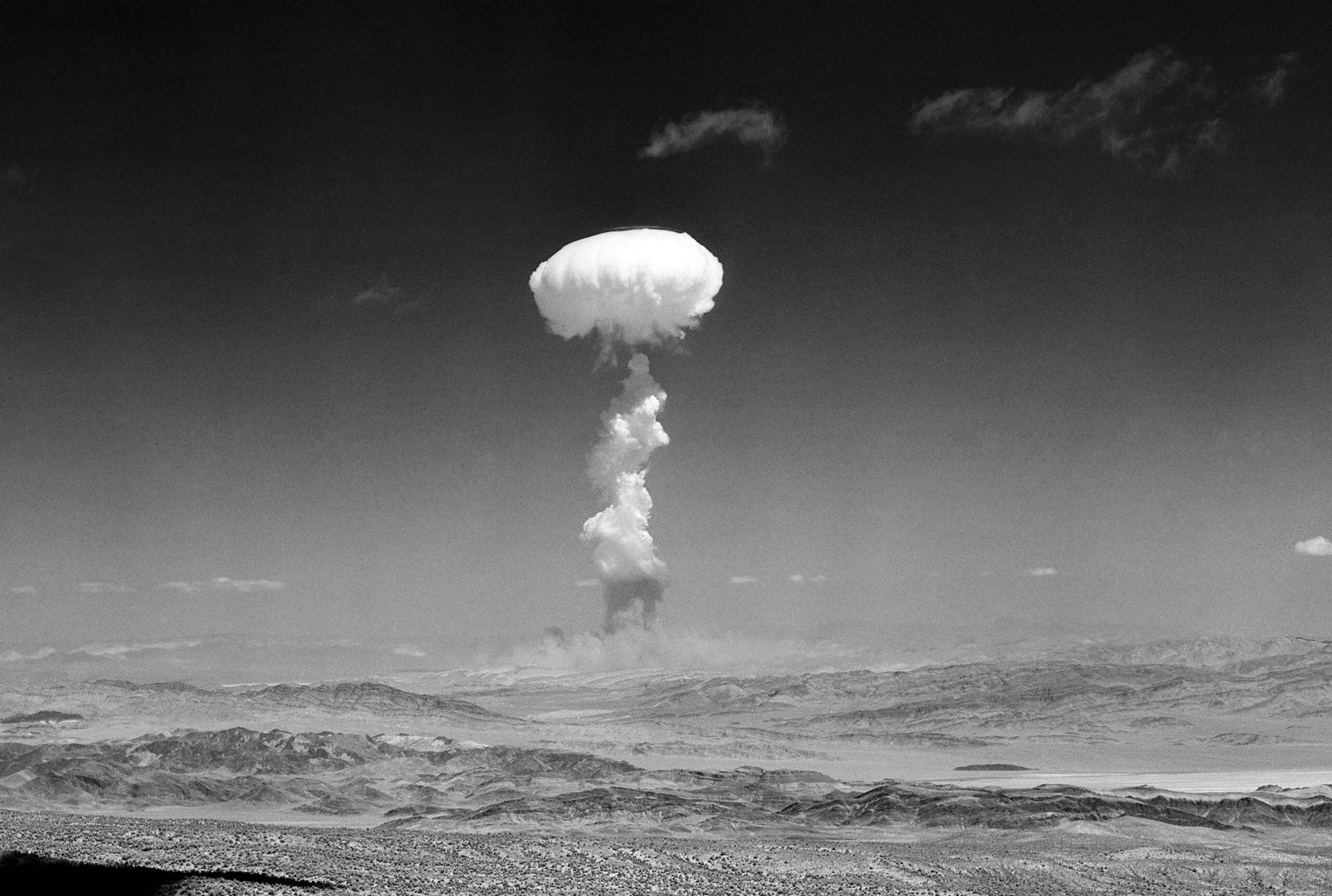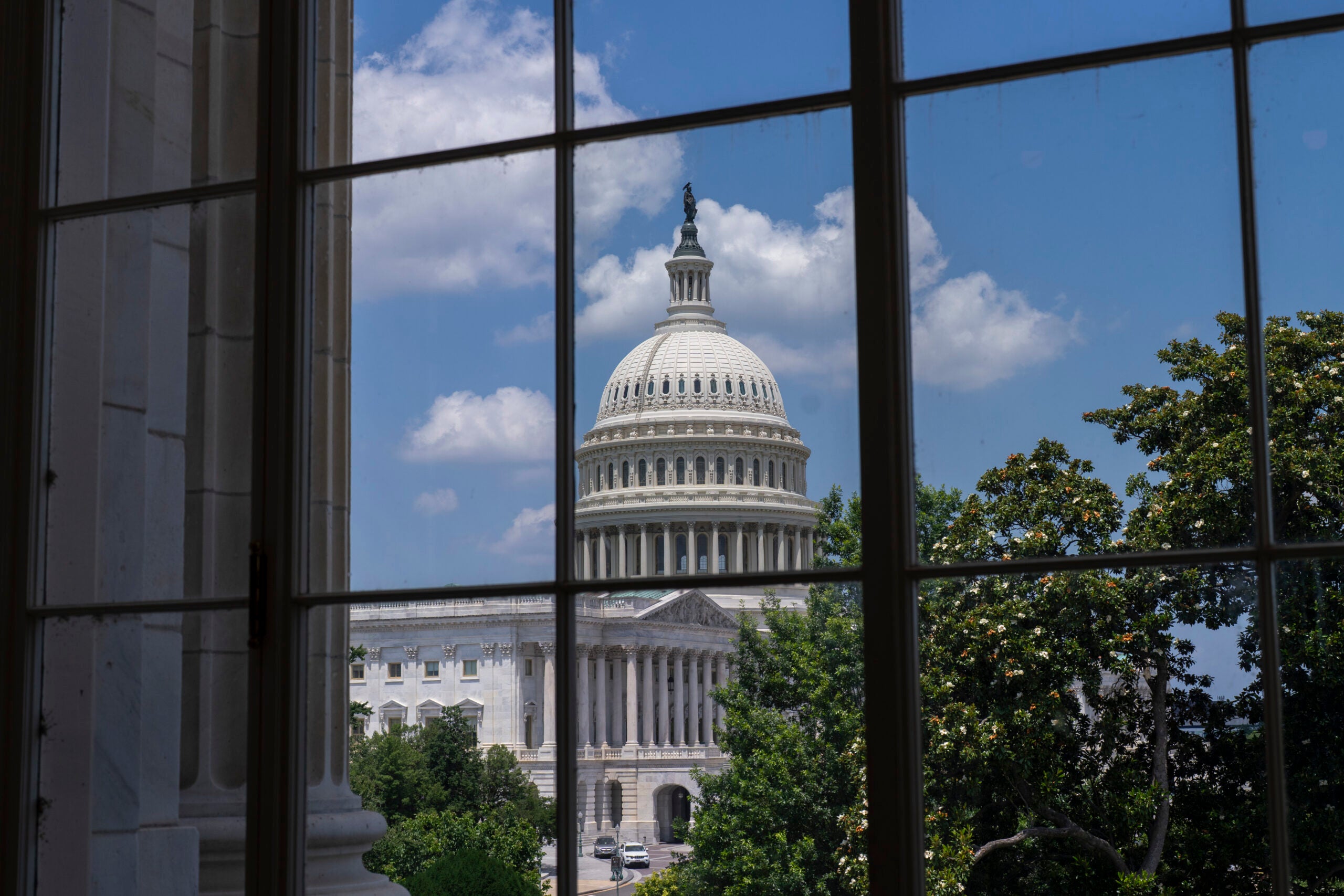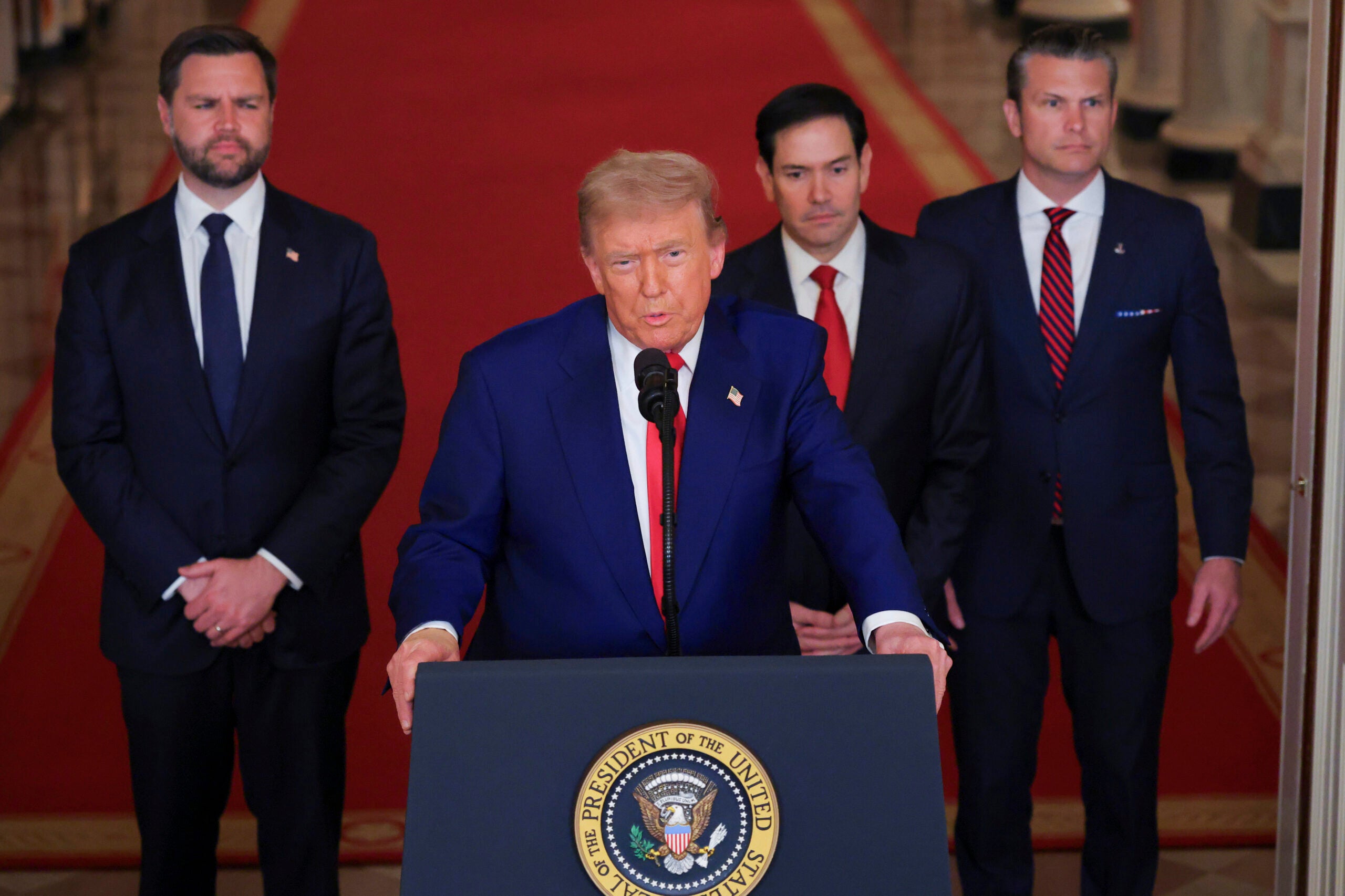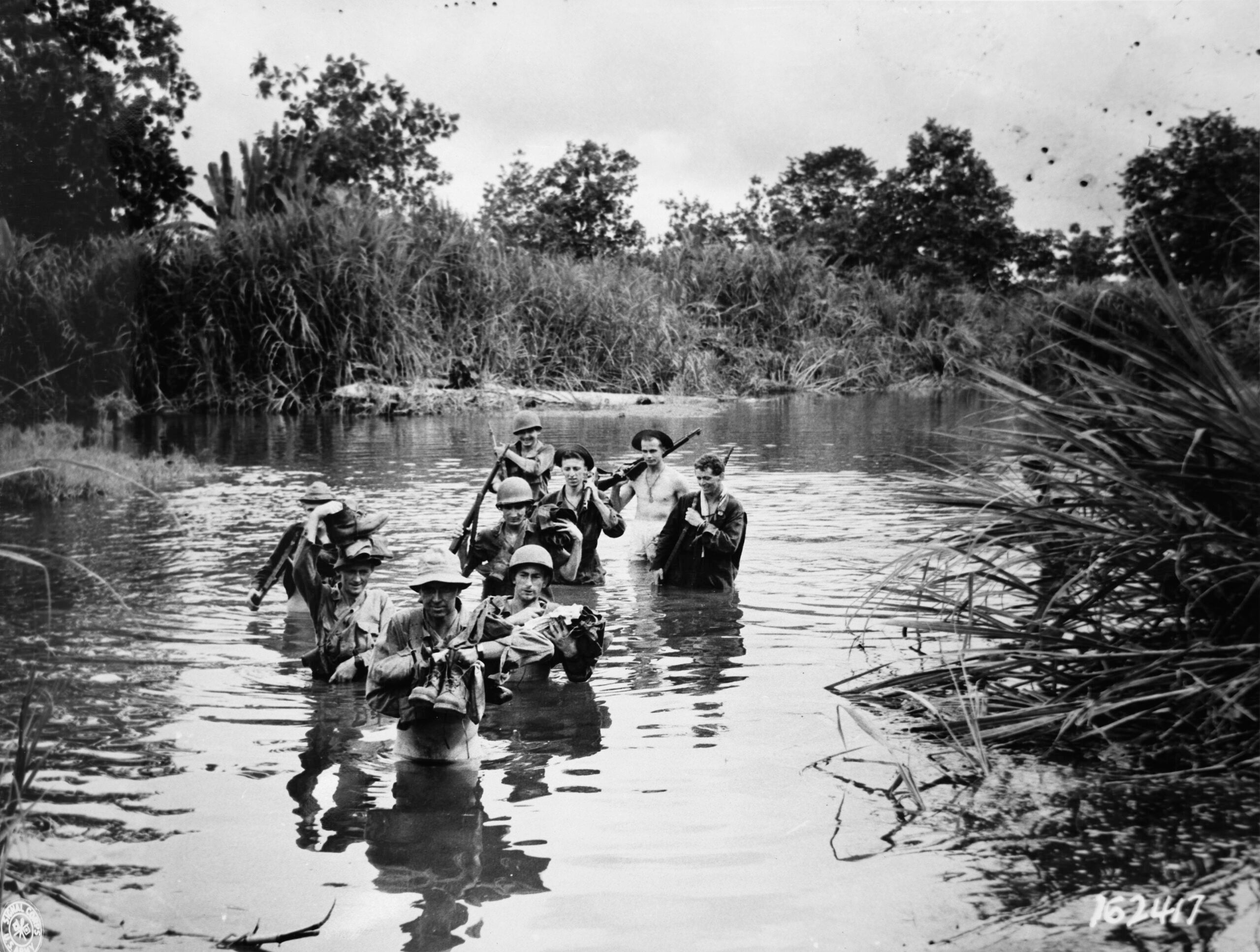The military clash between Iran, Israel and the United States has renewed focus on Iran’s ambitions to build a nuclear bomb. But an organization founded in Wisconsin has been monitoring nuclear proliferation around the globe for decades, trying to draw awareness.
Data and research from the the Wisconsin Project on Nuclear Arms Control is being used by governments and international media outlets to assess Iran’s nuclear ambitions.
Established in 1986, the organization, which is now based in Washington, D.C., aims to stem the spread of nuclear proliferation and other weapons of mass destruction through research and advocacy.
News with a little more humanity
WPR’s “Wisconsin Today” newsletter keeps you connected to the state you love without feeling overwhelmed. No paywall. No agenda. No corporate filter.
Valerie Lincy, executive director of the Wisconsin Project on Nuclear Arms Control, told WPR’s “Wisconsin Today” that monitoring nuclear weapons development is vital because the stakes are so high.
“These are the world’s most destructive weapons,” Lincy said. “Even a country like North Korea — which has sort of faded from the headlines in light of everything else that’s going on — has the ability to develop, to deliver a nuclear weapon to the U.S. homeland.”
“There are a number of countries that are not friends of the United States who have the ability to make and deliver nuclear weapons … and we should invest in all different means that we have at our disposal to lessen that risk,” Lincy added. “That includes everything from diplomacy to sanctions to, if necessary, things like the military strikes that we saw over the weekend.”
In the interview with “Wisconsin Today,” Lincy explained the roots of the project she leads and offered insights on the conflict with Iran.
The following has been edited for clarity and brevity.
Rob Ferrett: The Wisconsin Project is trying to figure out what, if anything, is Iran doing with nuclear weapons development. How do you get information like that, that governments are often unwilling to share?
Valerie Lincy: We conduct investigations using open sources. So we are looking at information that governments put out. We’re looking at sanctions notices, we’re looking at trade data, we’re looking at shipping information.
We bring all of this information together. And our particular focus is looking at proliferation, supply chains and sanctions evasion networks, and trying to figure out who is looking to buy goods, equipment or technology that can be used to make weapons of mass destruction.
RF: What’s the history behind The Wisconsin Project on Nuclear Arms Control?
VL: Almost 40 years ago, a law professor at the University of Wisconsin-Madison named Gary Milhollin, who had worked as a judge on the Nuclear Regulatory Commission, had an idea that more needed to be done to prevent countries from building weapons of mass destruction. He created the organization with the mission of stopping the spread of these weapons by stopping trade in items that can be used to make them. We’ve been working with that mission ever since.
RF: Who are your customers for this information? Who is looking to the Wisconsin project now to understand what’s going on with nuclear proliferation?
VL: We have the usual consumers like the media and the public. What we try to do as a nonpartisan research organization is provide data — information that is helping people understand security risks.
We don’t have a particular political agenda. We do a lot of work with the U.S. government, bringing our information and our analysis to countries around the world. We work with Export Control Officials [U.S. Department of Commerce officers working overseas] in over 40 countries to do training to help them understand how to prevent proliferation by understanding a little bit more about who they’re trading with.
RF: On Wednesday, in a leaked preliminary U.S. intelligence report, officials suggested that American strikes to the Iranian nuclear sites did not significantly set back Iran’s nuclear ambitions. The Trump administration contests that claim, saying it is flat-out wrong and released by “a low-level loser in the intelligence community.” How much impact did these strikes have on Iran’s nuclear weapons development programs?
VL: The assessment of whether the Iranian nuclear program has been obliterated, damaged, or how far it’s been set back — that is not something that at this point we can really ascertain because of questions about how much of the equipment and of the material was damaged through the U.S. strikes and through the Israeli strikes that have been going on since June 13.
RF: Prior to this conflict, how would you assess what Iran was doing with nuclear weapons development?
VL: We have to distinguish here between what Iran was capable of doing and what Iran’s intentions were. Iran has been capable, in our assessment, for some time in being able to make nuclear weapons if it decided to do so. The question was, had it decided to do so?
And until very recently, the assessment of the U.S. intelligence community was that it had not. And that’s what [U.S. Director of National Intelligence] Tulsi Gabbard said earlier this year.
Now Israeli intelligence in the last few weeks has come out indicating that decision has changed. It’s not as far as I’m aware. The United States has not publicly released similar intelligence, but there’s no question that based on the capability, the material, the expertise, everything that Iran had accumulated over decades, that if there had been a decision to make nuclear weapons, Iran would be capable of doing that from a technical point of view.
Wisconsin Public Radio, © Copyright 2025, Board of Regents of the University of Wisconsin System and Wisconsin Educational Communications Board.






